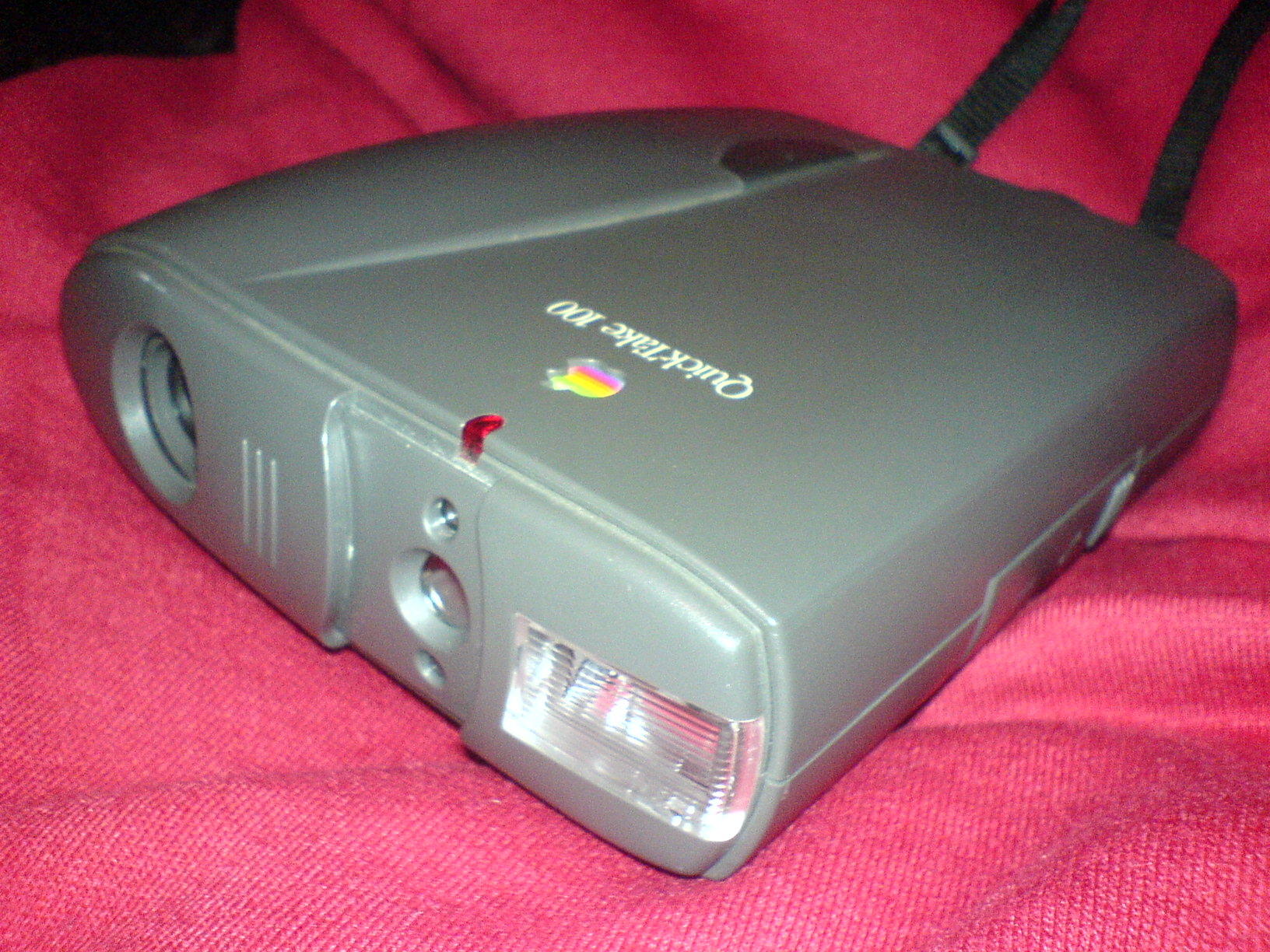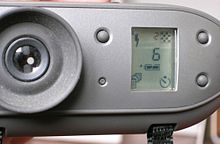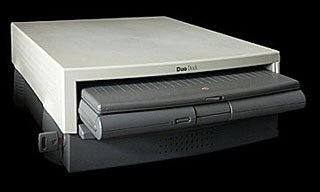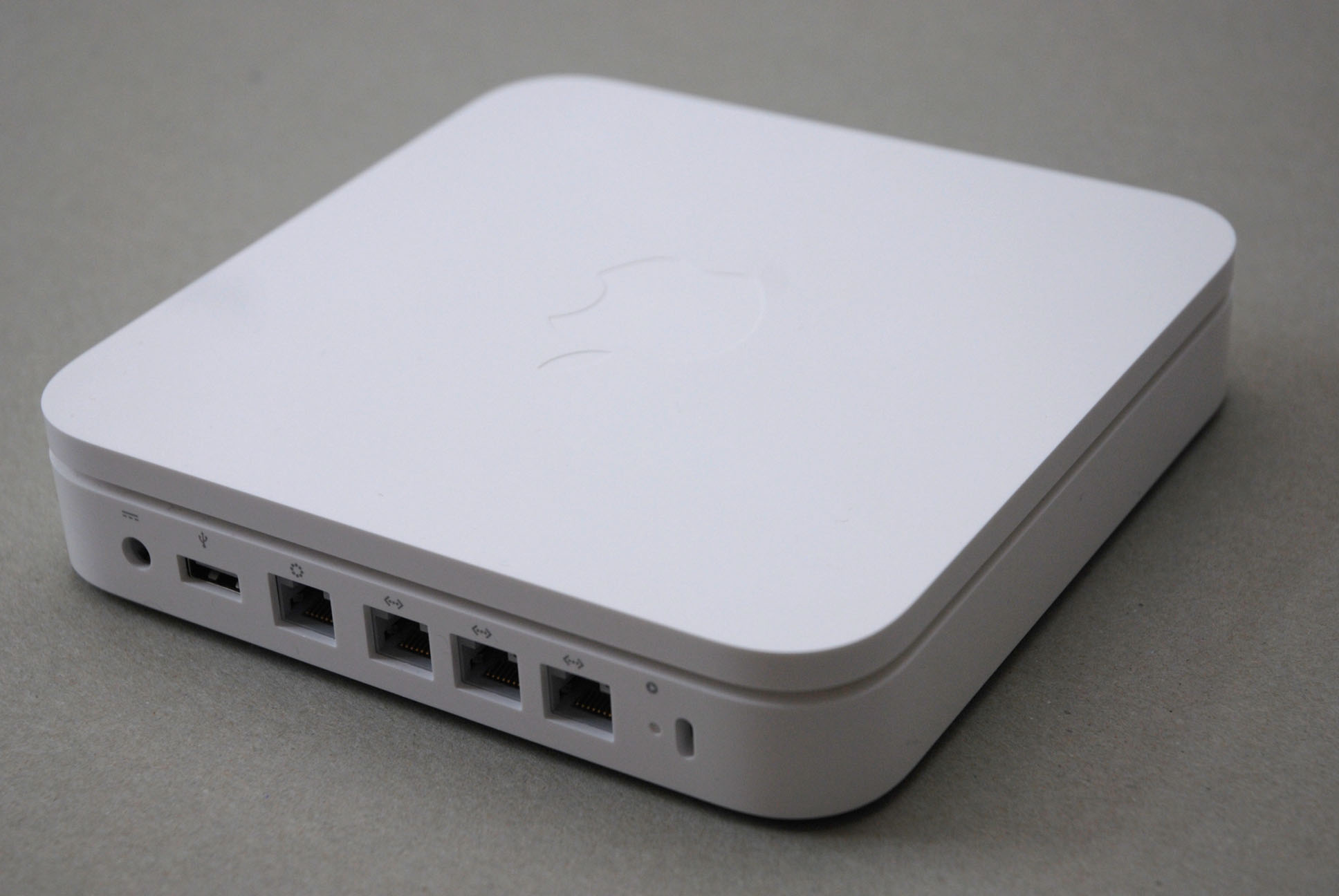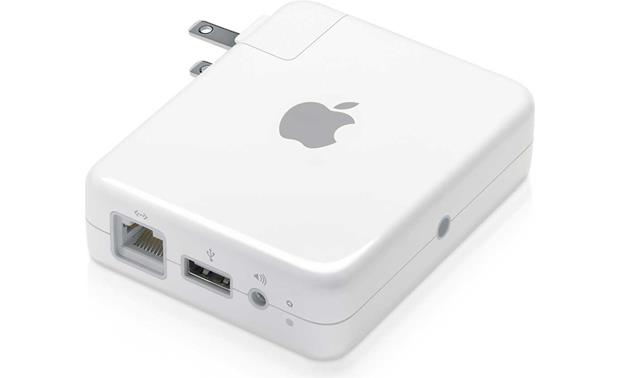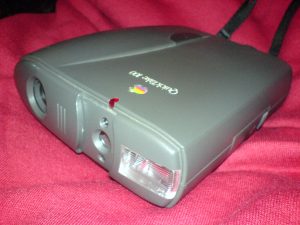
Kodak had been developing CCD-based digital cameras since the mid-1970s, when Steve Sasson built a toaster-sized experimental model that recorded data to a cassette tape; the first digital photograph was captured at a resolution of 100 pixels square in December 1975.[6] However, the first electronic still cameras to be marketed were shown early as 1981, when Sony demonstrated the prototype Pro Mavica. These early filmless cameras recorded still video frames instead of creating digital files; the Pro Mavica recorded its still frames on a proprietary floppy disk.[6] By the late 1980s, the technologies were beginning to converge and mature; Fuji showed the DS-1P, a still video camera that stored its images in solid-state memory instead of a floppy, at photokina 1988 and developed the technologies into the Fuji DS-X, which was first sold in 1989.[5] Kodak introduced a prototype of its DCS 100, a digital SLR based on the Nikon F3 in 1986 and began commercial sales to news photographers in 1991; the DCS 100 used a CCD sensor and stored its images on a tethered hard drive.[7]
The Dycam Model 1 was launched in 1991, capturing greyscale images into internal memory;[8] CNN noted the Dycam’s possibilities in a 1992 segment, touting its advantages over conventional film-based cameras.[9] In 1992, Apple Computer started marketing plans for a digital camera codenamed Venus. At the time over $12 billion was spent annually in the United States on photography. Apple searched for a company to design and manufacture their QuickTake digital camera line. During this time, Apple entered into a set of non-disclosure agreements with Kodak to share its proprietary digital camera architecture and cooperate in its further development;[10] Kodak contributed the CCD sensor to the final design. Later, Chinon Industries was added as the manufacturing/assembly partner, also responsible for the design of the optics and basic electronics.[11][12] By October 1993, rumors of Venus and its capabilities had publicly tied Kodak, Apple, and Chinon together; the cost was anticipated to be relatively low compared to existing digital cameras.[13]
QuickTake 100
The QuickTake 100 was first shown at Tokyo MacWorld on February 17, 1994,[13] exhibited for the first time in America at the Photo Marketing Association trade show,[14] and released for sale on June 20 of that year.[6] The initial list price was US$749 (equivalent to $1,290 in 2019).[15] It was one of the first digital cameras marketed to consumers, emphasizing ease of use.[16] It received a Product Design Award in 1995,[17] and early reviews were enthusiastic about the industrial design and ease of use.[18] Two separate models (for Macintosh or Windows) were sold; the bundled software and serial cable were specific to the host computer’s operating system, but the camera hardware itself was identical.[16] The Windows version of the QuickTake 100 was released by December 1994.[19] The CCD sensor was claimed to be derived from the sensor fitted to the Kodak DCS 100.[14]
The camera had a built-in flash, but no focus or zoom controls, as the fixed-focal length lens had an equivalent angle of view as a standard 50mm lens for a 35mm film camera; the fixed-focus lens captured a range from 4 feet (1.2 m) to infinity;[14] autoexposure was set by the camera, which controlled both shutter speeds (ranging from 1⁄30 to 1⁄175) and aperture (from f/2.8 to f/16) using a film speed equivalent to ISO 85.[16][20] The flash has a maximum range of 9 feet (2.7 m).[20]
The QuickTake 100 was capable of storing eight photos at 640×480 resolution, 32 photos at 320×240 resolution, or a mixture of both sizes. All photos were stored at 24-bit color. There was no way to preview them on the camera, nor was there any way to delete individual photos from the camera (though there was a recessed ‘trash’ button which would delete the entire contents of the camera). The bundled Apple QuickTake software was used to retrieve photographs from the camera’s internal memory, providing basic editing tools (rotating, resizing, and cropping) and allowing the user to select a file format and color bit depth for export.
Video:
Here’s the actual item in my museum
<my photo>
The QuickTake basics:
Accessories | Color: Grey

